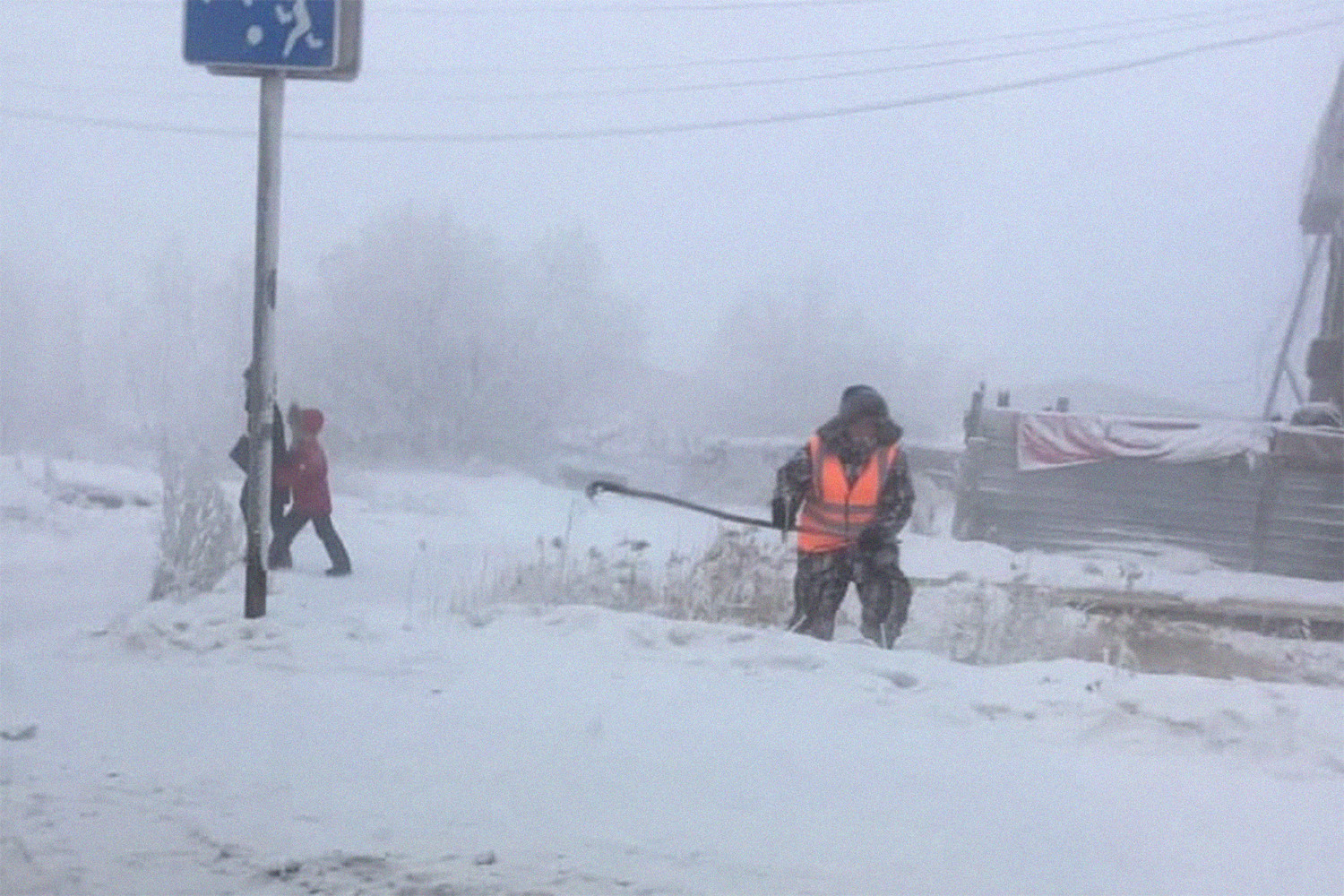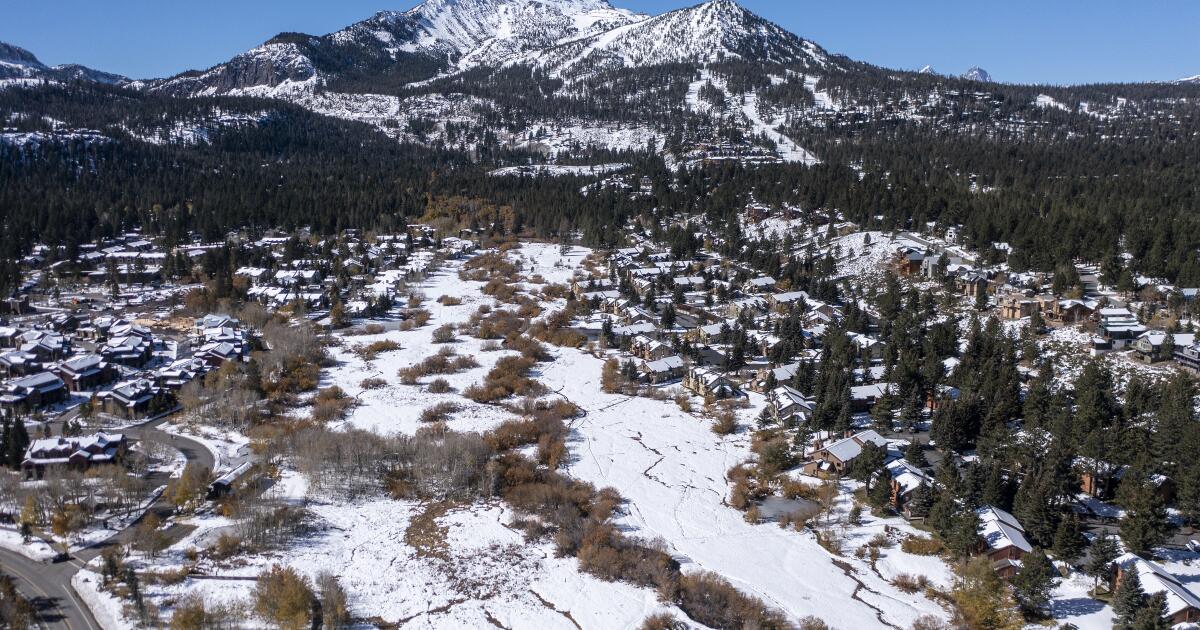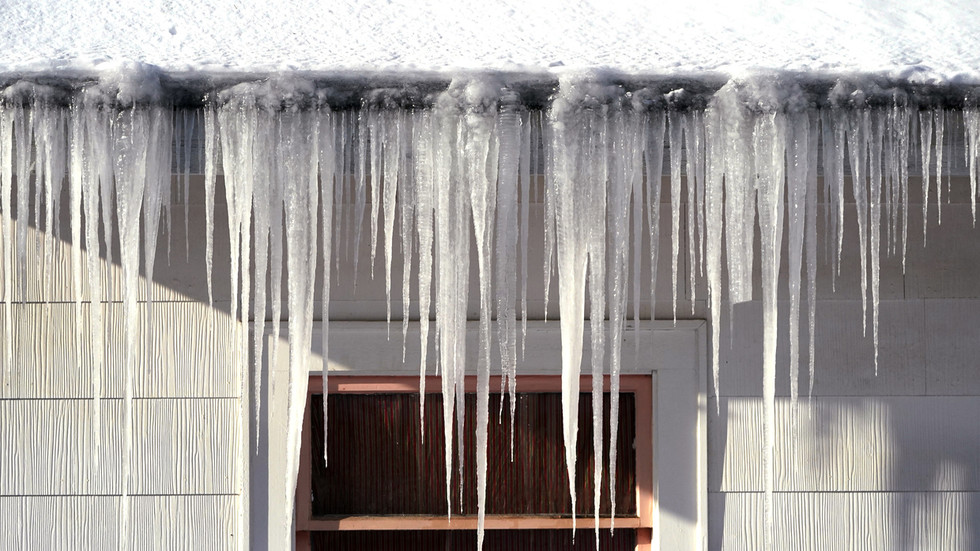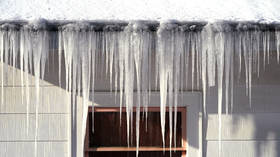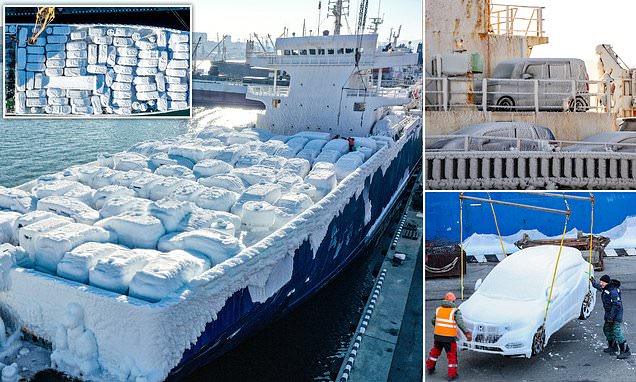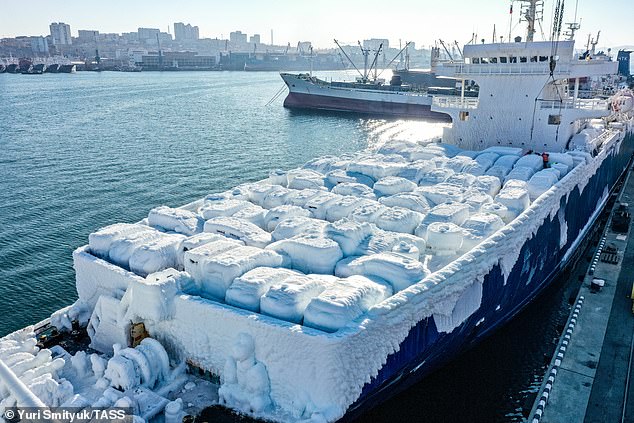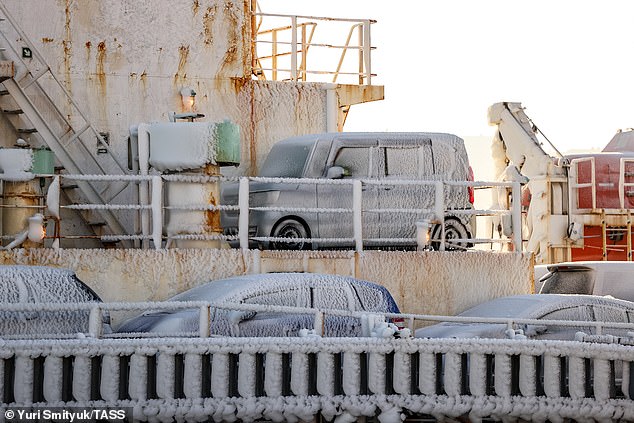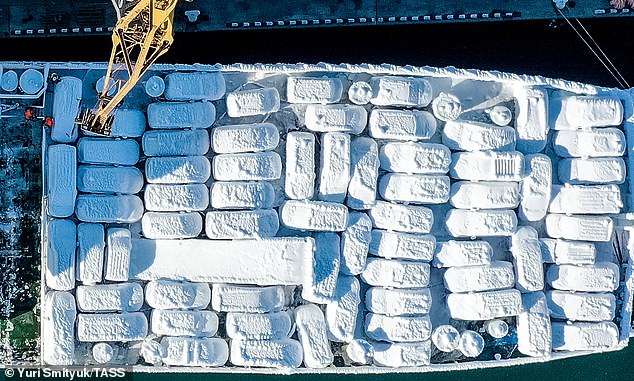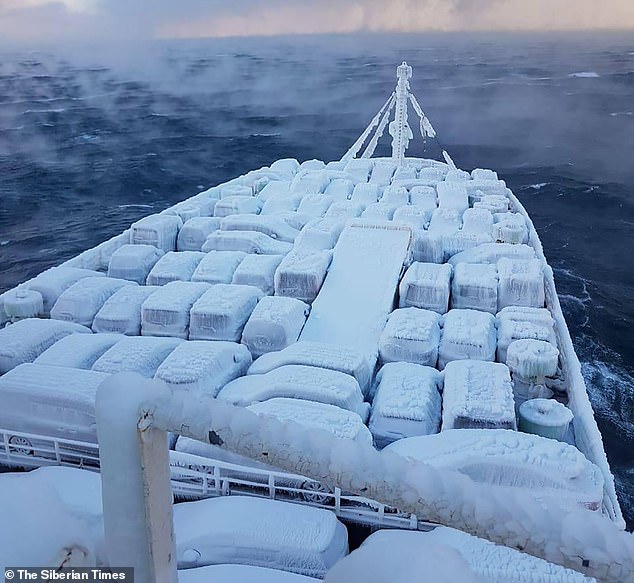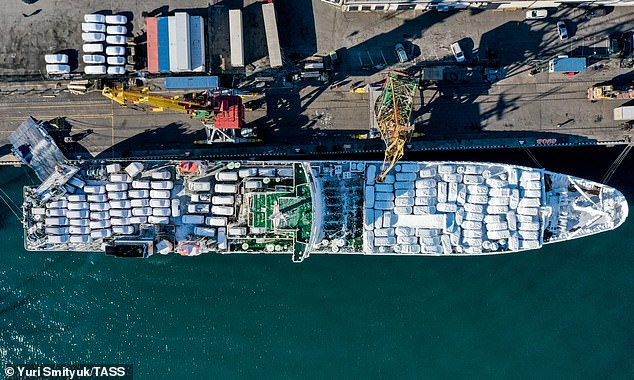Another heads up just in case this gets overlooked by anyone interested-
-------------------------------------------------------------------------------------------
Lake Tahoe received up to 8.5 FEET of snow in 5 days

 www.sott.net
www.sott.net
----------------------------------------------------------------------------------------------
Extracts -
Lake Tahoe received somewhere between 4 and 8.5 feet of snow in five days, according to Bryan Allegretto, who forecasts and tracks snowfall in the Lake Tahoe region for Open Snow. On Thursday morning, snowflakes continued to fall lightly, a quiet cap to a fierce storm that jump-started winter from hardly a pulse to fully alive.
...
In this storm, Mount Rose saw the most snowfall, by far, according to Allegretto's data. Between Sunday and Wednesday, some 6.5 feet of snow accumulated at the highest elevations on Mount Rose. On the southern end of Tahoe, Kirkwood received 61 inches of snow, more than 5 feet. And to the north, Sugar Bowl received 55 inches, about 4.5 feet. Snow continued to fall on Wednesday night and into Thursday morning, elevating the snow totals even more.
This kind of a storm isn't unprecedented in December, said Andrew Schwartz, lead researcher at the UC Berkeley Central Sierra Snow Lab on Donner Summit. At the snow lab, Schwartz continued the decades-old tradition of measuring snowfall at 8 a.m., keeping the lab's longtime set of data about snowfall alive. In the past week, including a smaller storm before the atmospheric river arrived on Sunday, the snow lab received nearly 80 inches of snow, more than 6.5 feet.
All over the Lake Tahoe and Truckee region, people have been working around the clock, 24/7, to dig out homes and cars, plow roads and driveways, push snow into massive snow banks to clear parking lots.
---------------------------------------------------------------------------------
And some corroboration - essentially the same report from another source:

 www.mountainwatch.com
-------------------------------------------------------------------------------------
www.mountainwatch.com
-------------------------------------------------------------------------------------
Extracts -
Well, things have been happening around the world over the past two weeks, and I’m not just talking Omicron. The real story is snow and lots of it, particularly in the US where the resorts in Californian and the Pacific northwest have been getting hammered, the Tahoe resorts and Mammoth getting 6-8 feet over four-day period!
....
After a dry, mild November, the past couple of weeks have seen a big change, particularly over the past seven days with some massive totals falling across the western resorts. As I said in the intro, the Californian resorts have had some massive totals, Mammoth receiving 152cms since Sunday and it is still snowing hard today. Further north Palisades Tahoe has received 198cms in the past week while Kirkwood is reporting a massive 205cms.
-------------------------------------------------------------------------------------------
Lake Tahoe received up to 8.5 FEET of snow in 5 days

Lake Tahoe received up to 8.5 FEET of snow in 5 days
Just last week, the mountains of the Sierra Nevada were bare and brown. Leaves were long gone. We were in a holding pattern, just waiting and waiting for water to fall from the sky. A surprise storm in October blessedly drenched the Sierra...
----------------------------------------------------------------------------------------------
Extracts -
Lake Tahoe received somewhere between 4 and 8.5 feet of snow in five days, according to Bryan Allegretto, who forecasts and tracks snowfall in the Lake Tahoe region for Open Snow. On Thursday morning, snowflakes continued to fall lightly, a quiet cap to a fierce storm that jump-started winter from hardly a pulse to fully alive.
...
In this storm, Mount Rose saw the most snowfall, by far, according to Allegretto's data. Between Sunday and Wednesday, some 6.5 feet of snow accumulated at the highest elevations on Mount Rose. On the southern end of Tahoe, Kirkwood received 61 inches of snow, more than 5 feet. And to the north, Sugar Bowl received 55 inches, about 4.5 feet. Snow continued to fall on Wednesday night and into Thursday morning, elevating the snow totals even more.
This kind of a storm isn't unprecedented in December, said Andrew Schwartz, lead researcher at the UC Berkeley Central Sierra Snow Lab on Donner Summit. At the snow lab, Schwartz continued the decades-old tradition of measuring snowfall at 8 a.m., keeping the lab's longtime set of data about snowfall alive. In the past week, including a smaller storm before the atmospheric river arrived on Sunday, the snow lab received nearly 80 inches of snow, more than 6.5 feet.
All over the Lake Tahoe and Truckee region, people have been working around the clock, 24/7, to dig out homes and cars, plow roads and driveways, push snow into massive snow banks to clear parking lots.
---------------------------------------------------------------------------------
And some corroboration - essentially the same report from another source:

World Snow Wrap December 17 - Good snowfalls in Europe and Canada, Things Finally Turning on in Japan, Massive Snowfalls in California | Mountainwatch
the Tahoe resorts and Mammoth getting 6-8 feet over four-day period!
 www.mountainwatch.com
www.mountainwatch.com
Extracts -
Well, things have been happening around the world over the past two weeks, and I’m not just talking Omicron. The real story is snow and lots of it, particularly in the US where the resorts in Californian and the Pacific northwest have been getting hammered, the Tahoe resorts and Mammoth getting 6-8 feet over four-day period!
....
After a dry, mild November, the past couple of weeks have seen a big change, particularly over the past seven days with some massive totals falling across the western resorts. As I said in the intro, the Californian resorts have had some massive totals, Mammoth receiving 152cms since Sunday and it is still snowing hard today. Further north Palisades Tahoe has received 198cms in the past week while Kirkwood is reporting a massive 205cms.

